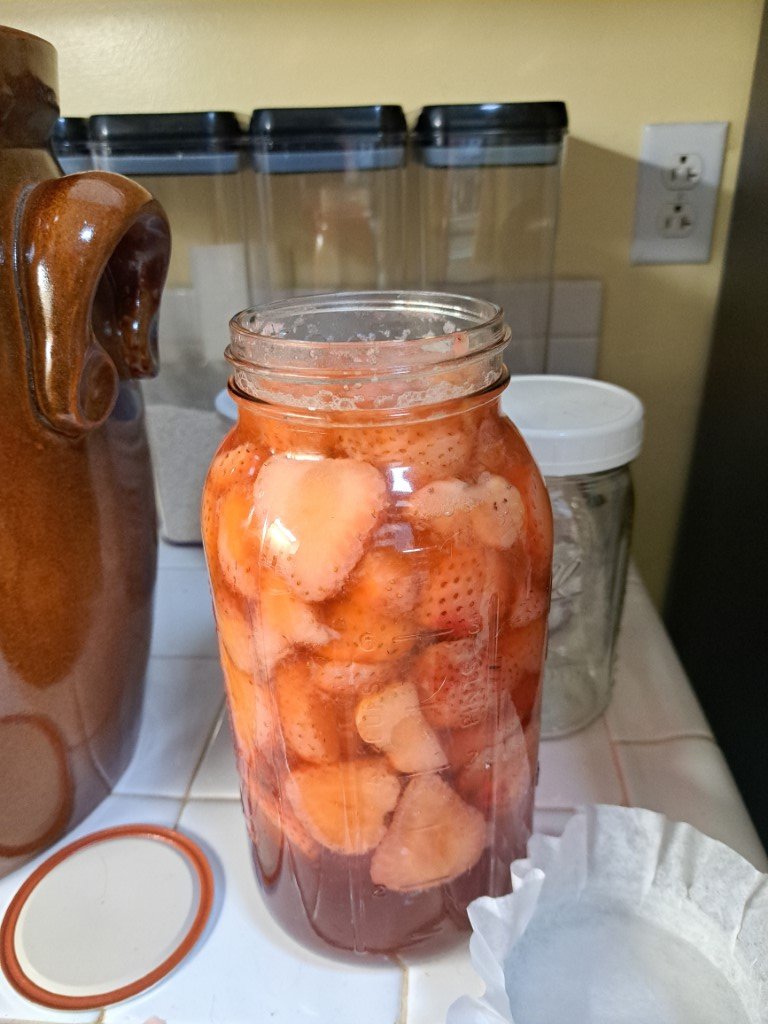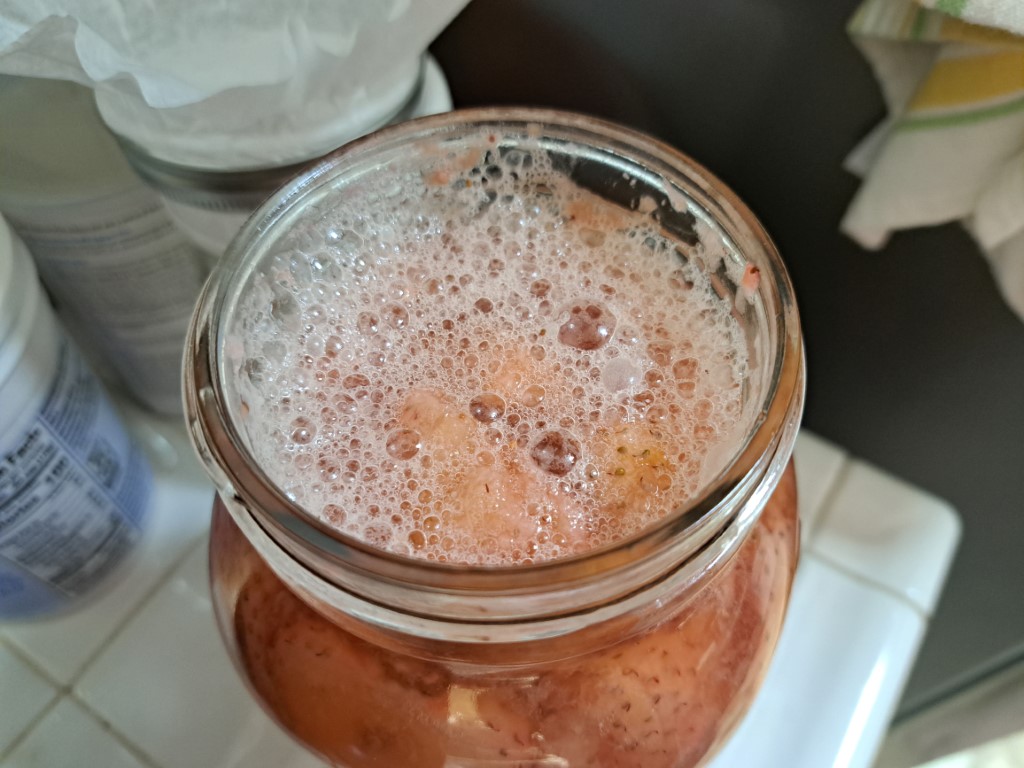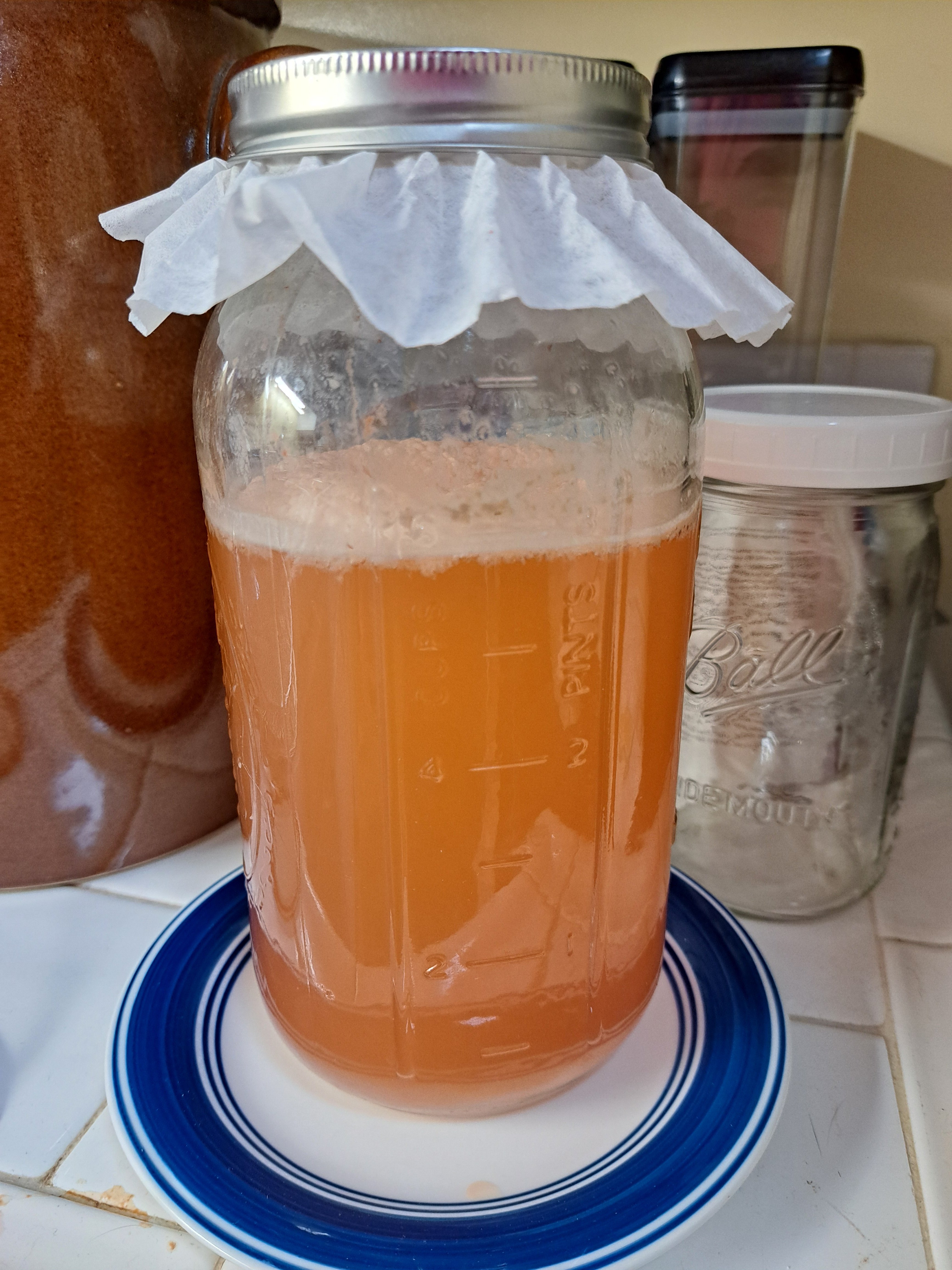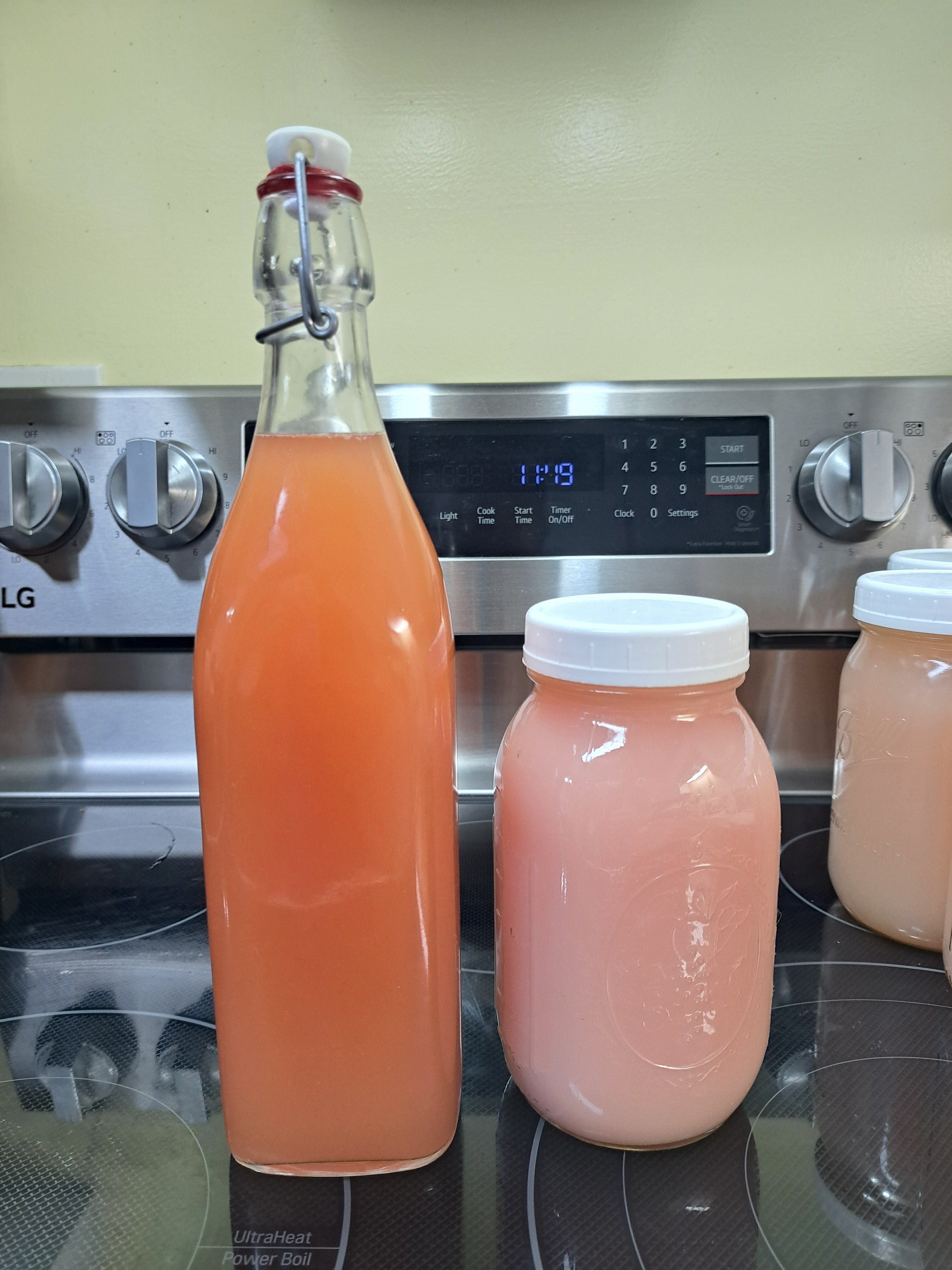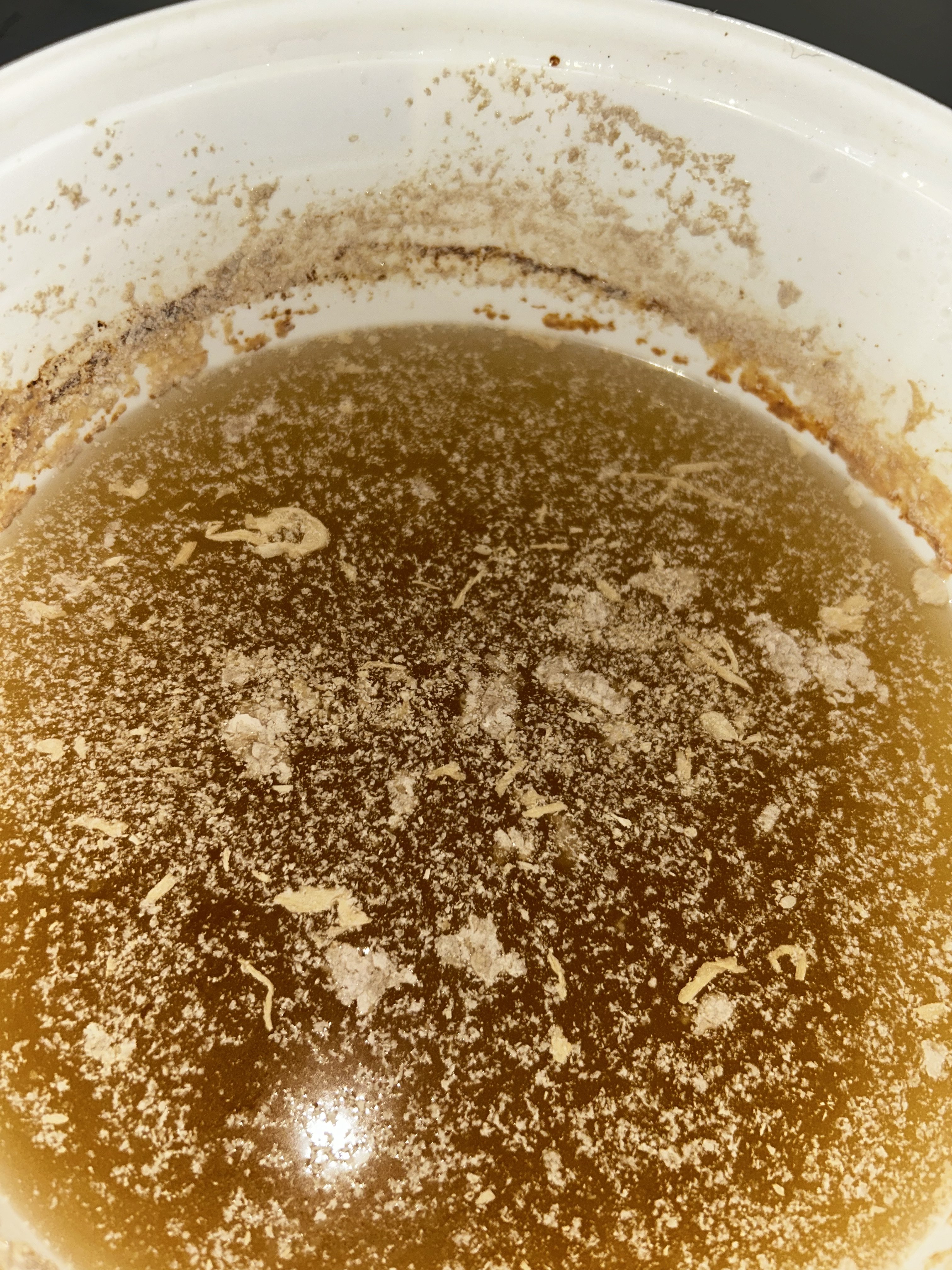For a few years I've been wanting to try making cider, and this year I finally got all the ducks lined up right on time. Last week I crushed and pressed about 50 pounds of apples from local orchards and have two one-gallon batches of cider starting to ferment gently. These were started conventionally using Campden and purchased yeasts (AB-1 and Red Star Premier Blanc).
Having finished that and thinking, "well, that wasn't so hard," I went to the local orchard and picked up another ~25# of Northern Spy apples, and have been seriously considering trying a free/wild ferment. I'm also particularly curious about the N. Spy because it's one of the varieties of trees I planted and is just starting to yield a little so will hopefully have more to go around in future years.
The advice I've seen around wild fermentation ranges from "it's a crapshoot" to "it's no big deal" to "well it can work if you control these 37 variables." The apples cost me about $30 so it would not break my heart if it was a bust. But if the odds are against me I'd be fine just doing a dry cider yeast and save the wild experiment for next season or some time when I have more apples than I know what to do with.
Thanks in advance for any tips!
Having finished that and thinking, "well, that wasn't so hard," I went to the local orchard and picked up another ~25# of Northern Spy apples, and have been seriously considering trying a free/wild ferment. I'm also particularly curious about the N. Spy because it's one of the varieties of trees I planted and is just starting to yield a little so will hopefully have more to go around in future years.
The advice I've seen around wild fermentation ranges from "it's a crapshoot" to "it's no big deal" to "well it can work if you control these 37 variables." The apples cost me about $30 so it would not break my heart if it was a bust. But if the odds are against me I'd be fine just doing a dry cider yeast and save the wild experiment for next season or some time when I have more apples than I know what to do with.
Thanks in advance for any tips!










![Craft A Brew - Safale BE-256 Yeast - Fermentis - Belgian Ale Dry Yeast - For Belgian & Strong Ales - Ingredients for Home Brewing - Beer Making Supplies - [3 Pack]](https://m.media-amazon.com/images/I/51bcKEwQmWL._SL500_.jpg)

















































